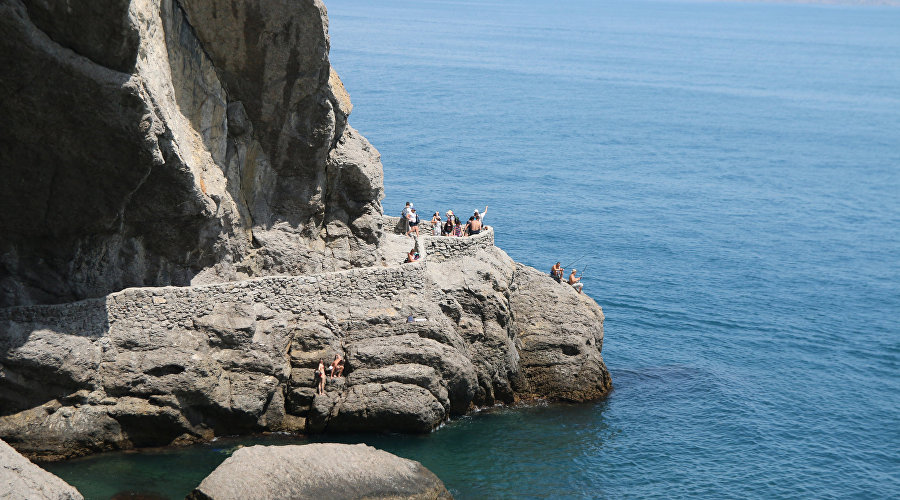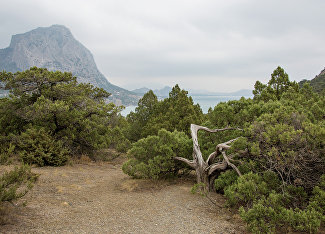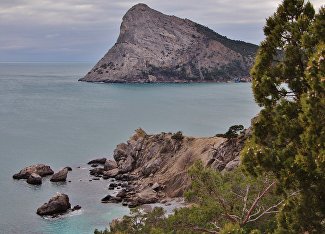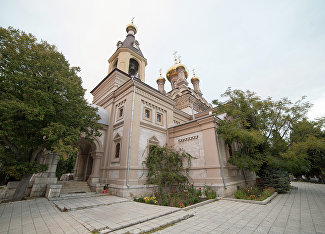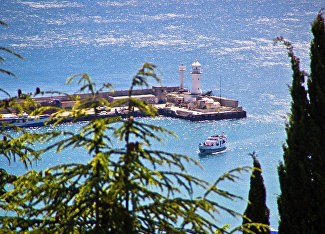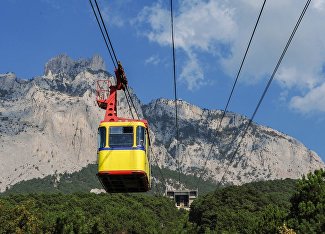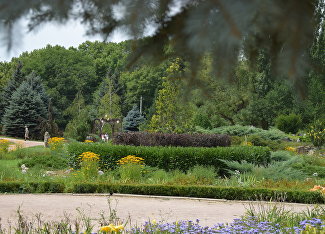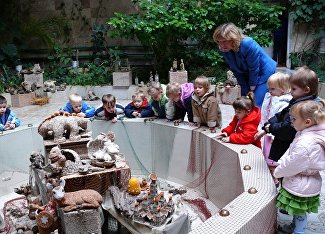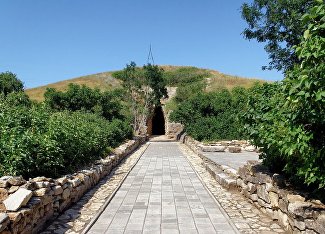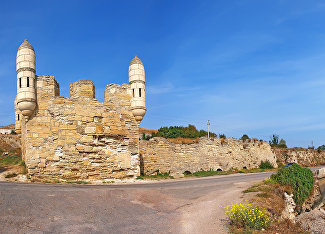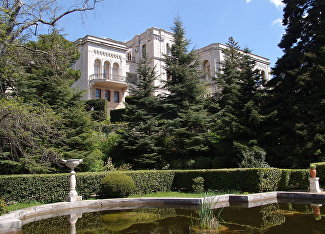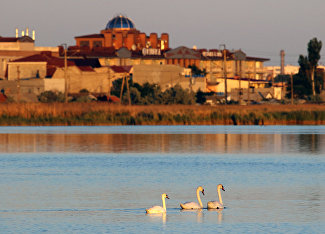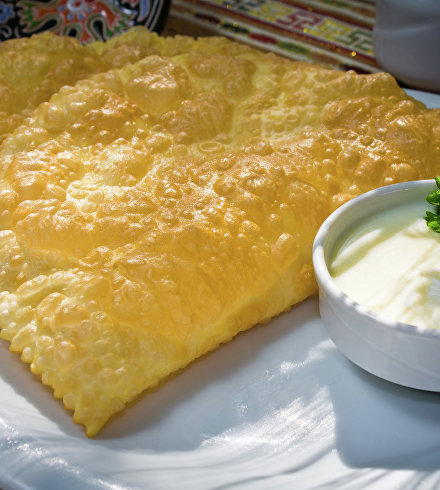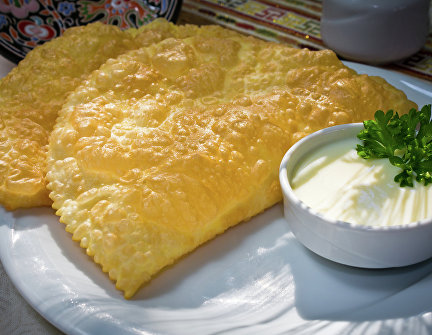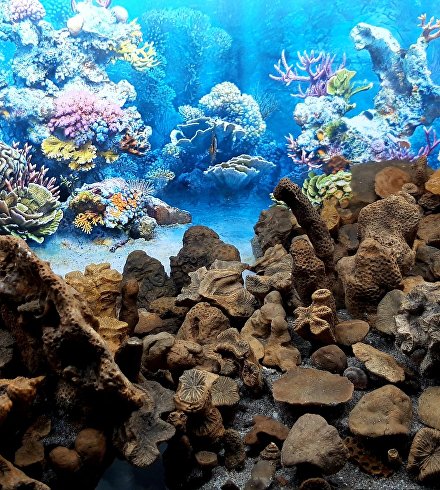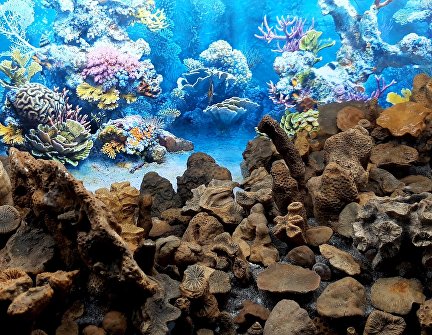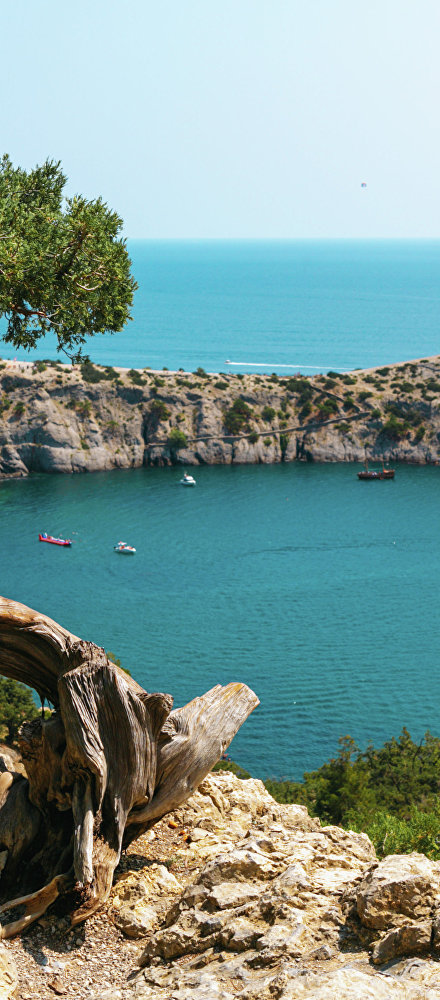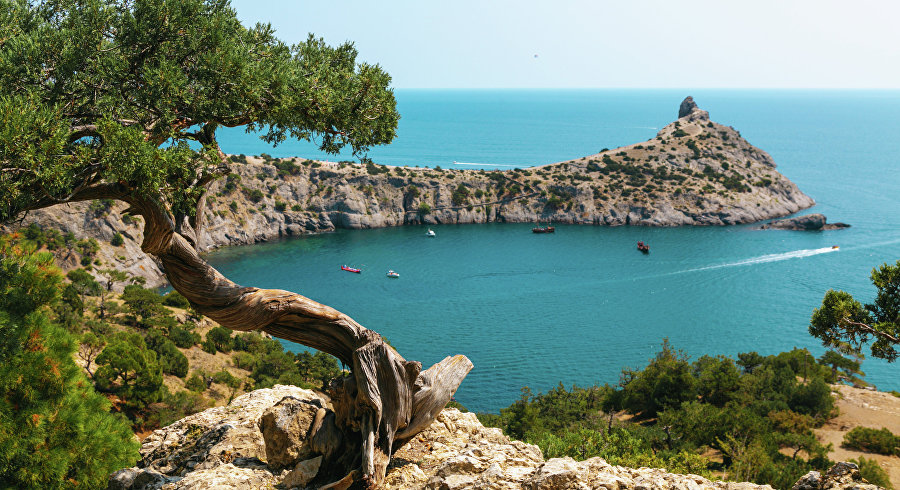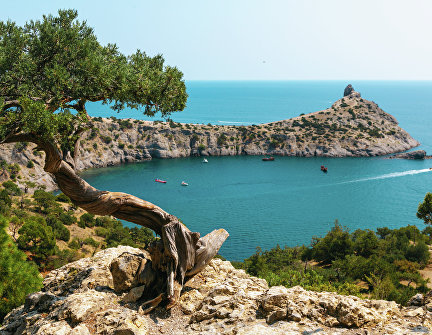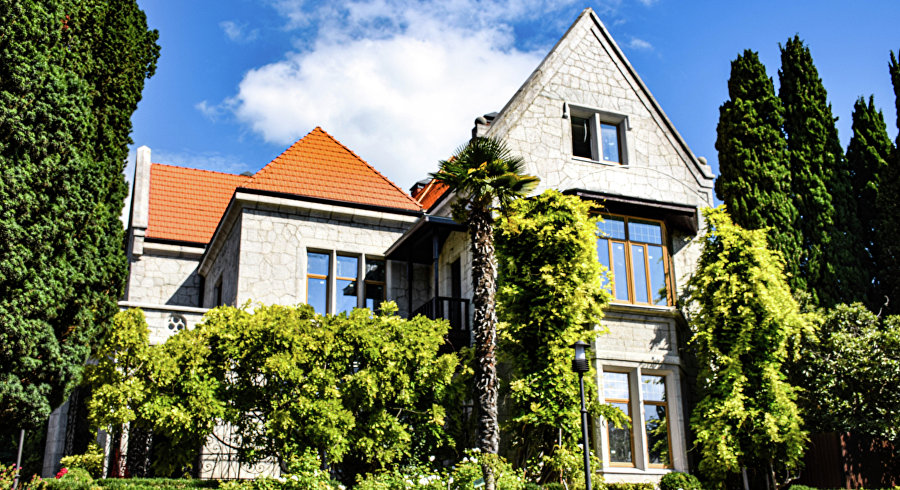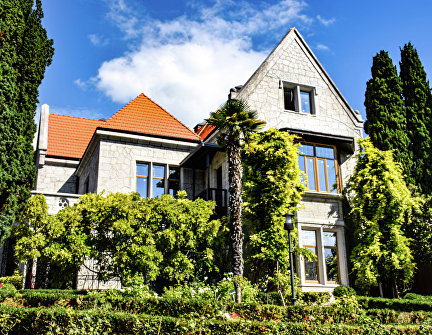Novy Svet, a small village 7 km from the city of Sudak in eastern Crimea, is widely known for two things: its nature and the local winery. This harmonious unity was created by Prince Lev Golitsyn. Driven by patriotic feelings, this outstanding man set an ambitious goal in 1878: to create a Russian brand of sparkling wine capable of competing with the world standard, the wine produced in the French province of Champagne.
In his Novy Svet estate, the nobleman equipped laboratories, built accommodation for wine-making professionals and cellars for aging the wine, and planted vineyards. His titanic efforts led to an overwhelmingly impressive result: in 1900, Russian sparkling wine won a gold medal at the World Exhibition in France.
Inspired by his success, Golitsyn continued improvements in Novy Svet. Wanting to impress his numerous guests and partners and knowing that first impressions are half the battle, Golitsyn decided that he had to add some glamour to the beautiful nature on his estate. Most of the property was steep rocky slopes facing the sea. The area was picturesque, but not suitable for any economic activity. So the Prince made another ambitious decision to create a recreation area on these slopes. No sooner said than done. So a walking trail was laid, later named after the owner of Novy Svet.
The most spectacular part of the Golitsyn Trail is the initial stretch.
The stonemasons cut a horizontal trail into the rock above the sea. If you look down, you see a precipice into the sea, and of you look up, you see a precipice into the sky. The path between the sky and the water winds around the rock so you cannot see where it leads.
A few more steps, and today's tourists, just like Prince Golitsyn's amazed guests once, are greeted by a giant grotto carved into the rock by water and wind. Layered limestone resembles a curtain of some unimaginable theatre. It really was a theatre: under the arches of the grotto, Golitsyn arranged a wine collection and a podium for an orchestra. Tables were arranged around a stone bowl in which a natural spring cooled the noble drink. The guests took their seats, the waiters uncorked the bottles, and a powerful violin intro began a symphony accompanied by a barely audible splash of the waves… The guests were delighted.
From the Estradny (Theatre) Grotto, the trail climbs the slope and soon leads to a platform from which a view opens to the next miracle of the Golitsyn Trail — Cape Kapchik.
Loosely translated from Turkish, the word kapchik means a dervish bag — a long narrow bag worn at the waist. Today's visitors rather think it resembles a fairy-tale dragon or lizard from the Jurassic Period: a long narrow body with a pronounced head.
The unique form of the cape inspired many Soviet cinematographers who needed an exotic natural setting for the shooting. Kapchik was the scene for the films Three Plus Two, Amphibian Man, Treasure Island, and Pirates of the 20th Century.
The first part of the trail ends here. Walkers can use the same path to return to the starting point or choose an easier trail across the juniper grove. With signs everywhere, it is difficult to get lost.
Further on, the trail runs along the slope and soon descends to a harbour and the Tsarsky (Tsar's) Beach, both beautiful and cosy. It is named Tsarsky because the Empress has indeed set foot here. Nicholas II, writing down his impressions of visiting Novy Svet in his diary, noted on April 18, 1912: "Alix also rode down to the shore, but in the last harbour."
From the Tsarsky Beach, the trail begins to ascend to Mount Karaul-oba (the watch summit in Russian). The well-trodden path winds between pines and junipers. Many trees are worthy of an artist's brush. The air is filled with the pine tar. A panoramic view of Novy Svet opens up from the top, where a stone bench was carved for Prince Golitsyn.
